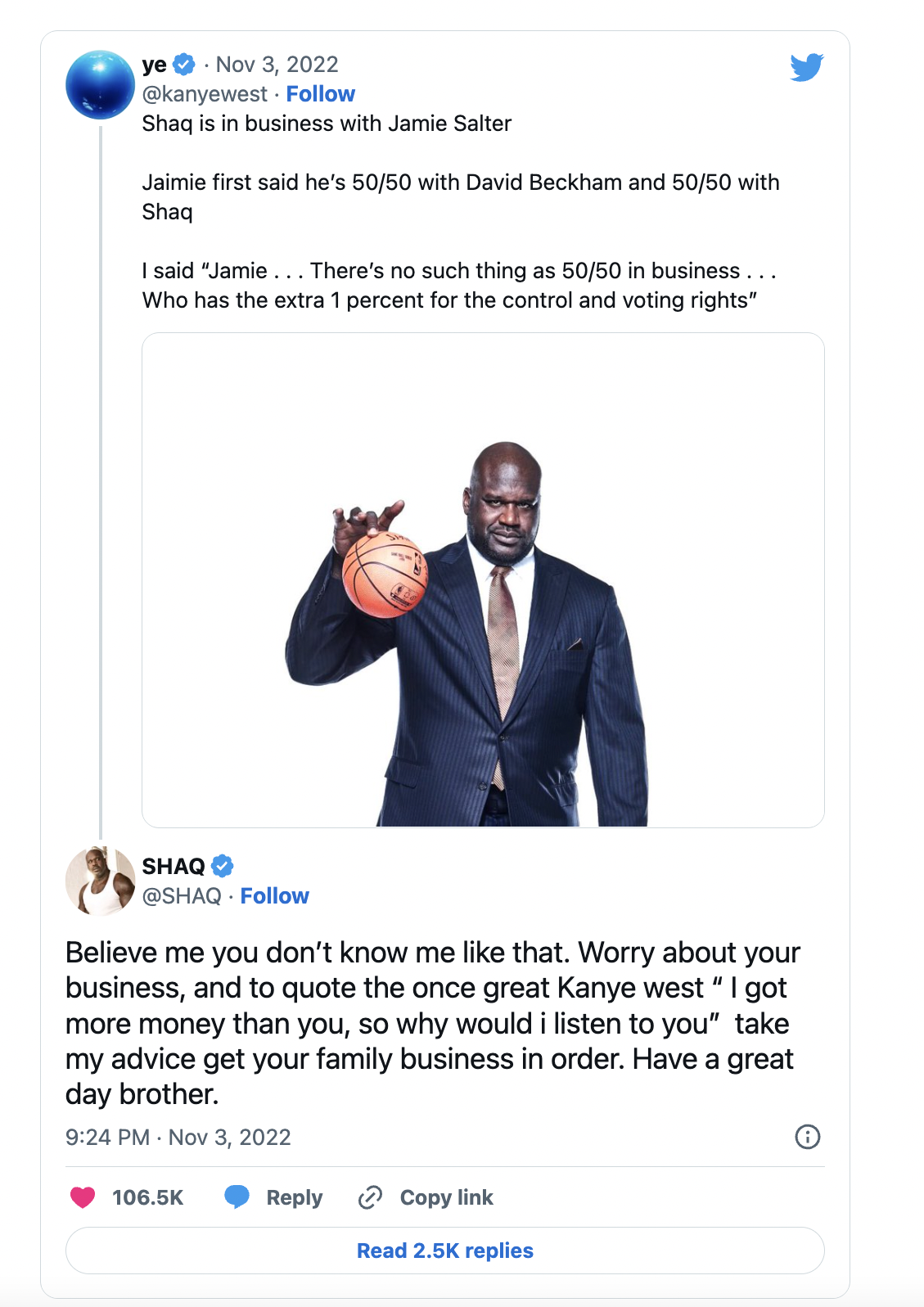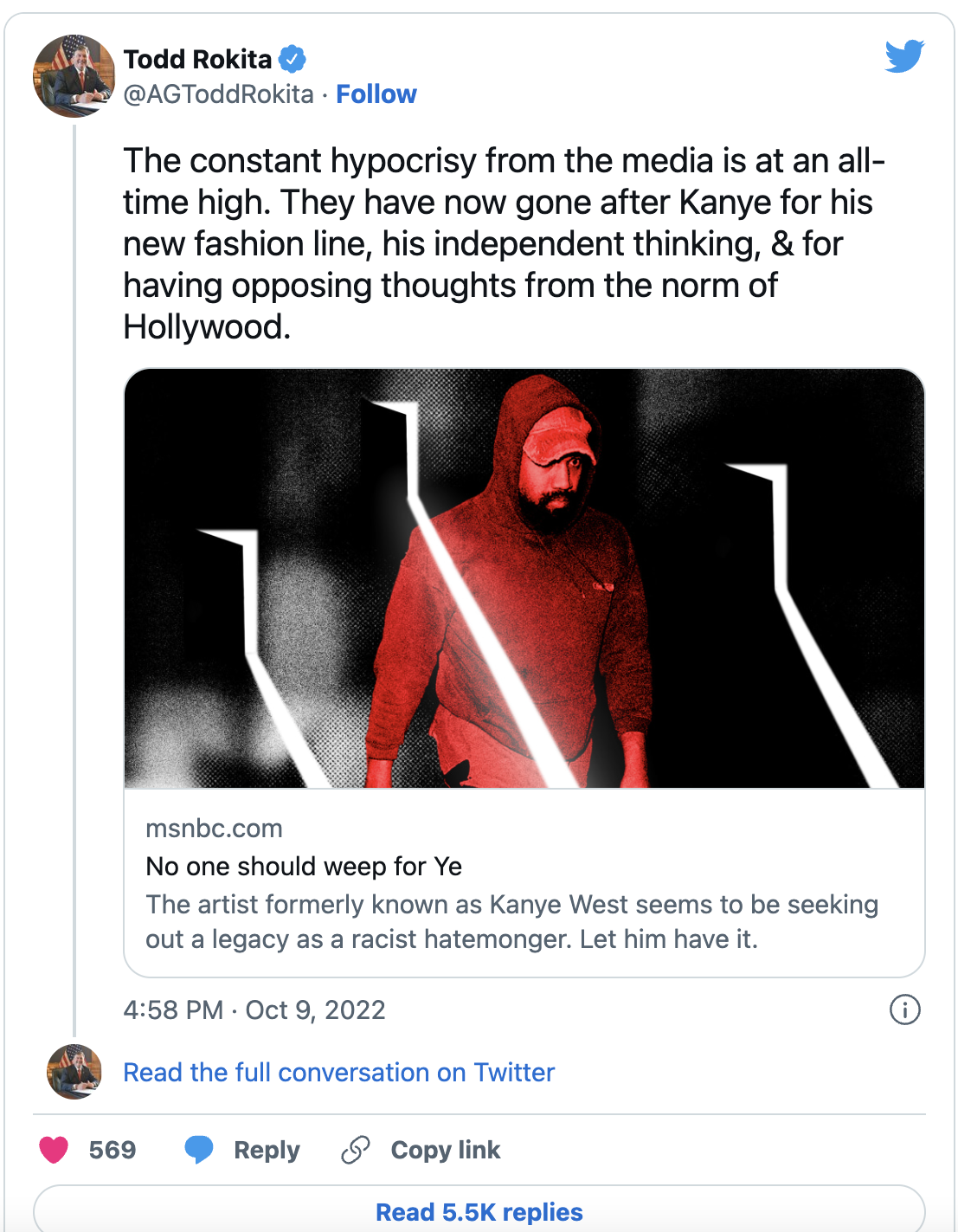Frederick Douglass' Descendants Excerpt His 'Fourth of July' Speech
/In a special presentation for America’s Independence Day July 4, 2020, five young descendants of the famous abolitionist Frederick Douglass read and respond to excerpts of his famous speech, “What to the Slave is the Fourth of July?” delivered on July 5, 1852.
On Saturday, five of Douglass' descendants -- Douglass Washington Morris II, 20, Isidore Dharma Douglass Skinner, 15, Zoë Douglass Skinner, 12, Alexa Anne Watson, 19 and Haley Rose Watson, 17 -- recited excerpts from the speech in the video made with NPR.
In his speech, Douglass says:
"The rich inheritance of justice, liberty, prosperity and independence, bequeathed by your fathers, is shared by you, not by me. The sunlight that brought life and healing to you, has brought stripes and death to me. This Fourth [of] July is yours, not mine. You may rejoice, I must mourn."
It continues, both by Douglass in 1852 and by his descendants in the video,
"What, to the American slave, is your Fourth of July? I answer: a day that reveals to him, more than all other days in the year, the gross injustice and cruelty to which he is the constant victim. To him, your celebration is a sham; your boasted liberty, an unholy license; your national greatness, swelling vanity; your sounds of rejoicing are empty and heartless; your denunciations of tyrants, brass fronted impudence; your shouts of liberty and equality, hollow mockery; your prayers and hymns, your sermons and thanksgivings, with all your religious parade, and solemnity, are, to him, mere bombast, fraud, deception, impiety, and hypocrisy."
After reciting excerpts, his descendants responded to what they'd read.
The full text of the speech is here.
Douglass, a former slave who became a famous abolitionist, delivered the speech to the Ladies’ Anti-Slavery Society at Corinthian Hall in downtown Rochester.
Many years later a statue of Frederick Douglass (featured above) was unveiled in Maplewood Park. The location includes Kelsey’s Landing,” where Hariett Tubman, Douglass and other abolitionists helped slaves seek freedom in the north.
The Frederick Douglass statue was vandalized in the early morning hours of July 5 and may have to be replaced.























![Kanye West's [aka Ye] Refusal to Treat His Mental Illness Is No Excuse For His Anti-Semitism](https://images.squarespace-cdn.com/content/v1/55f45174e4b0fb5d95b07f39/1666238183530-4WVG9SNG88HTSKQ0WWDV/Is+Kanye-West-Running-Out-of-Platforms.png)







